The state of turtle nesting beaches of Kenya

The Swahili coast of East Africa is famous for its pristine beaches, warm, turquoise waters and exceptional marine life. Crystal-clear, the Indian Ocean, its white sands and mangrove forests, are home to one iconic creature in particular – endangered sea turtles.
Unfortunately, this tropical coast is under threat due to a number of factors including climate change and unsustainable practices – we urgently need to do something to protect our fragile marine environments and the creatures that call them home. This is where sea turtles can help us.
Why sea turtles?
Turtles are a fantastic indicator species for ocean health because they live long lives, travel great distances, and make use of all sorts of different habitats throughout their lives. From beaches and the crashing waves to coral reefs and the open ocean, the turtle visits them all. If turtles are healthy and thriving, it’s a good indicator that the habitats they visit are too.
Beaches are a critical habitat for sea turtles. This is where their journey begins as they emerge from their eggs and make a dash for the ocean. Maintaining beaches that are suitable for nesting turtles and their precious eggs is critical to the survival of this species.
Assessing nesting suitability
Watamu is an important nesting beach in Kenya and forms part of a UNESCO Man and Biosphere Reserve.
In collaboration with Kenya Wildlife Services, Local Ocean Conservation (LOC) has been monitoring and protecting the Watamu beach for over 20 years. We have protected over 1,000 turtle nests, resulting in more than 73,000 successful hatchlings making it safely to the ocean!
We are incredibly proud of these efforts, but more still needs to be done.
As little was known about turtle nesting sites in Kenya, LOC conducted a baseline assessment of the suitability of beaches for turtle nesting along the Kenyan coast. To enable this exercise, we developed a mobile app that allowed us to assess nesting suitability and mapping of socio-economic activities. This identified human induced factors that contributed to a beach being categorized as unsuitable for nesting.
During the exercise we mapped a total beach length of 78.8km. This allowed us, for the first time, to have a clear idea of the suitability of Kenya’s beaches for turtle nesting and identify where urgent conservation efforts are required.
From the analysis 17% of the beach was found to be unsuitable due to human activities influence, which is greater than the 13% that is suitable for nesting.
We need to flip this around. We need to protect more than we destroy.
The figure below shows that the situation for the immediate surroundings of Watamu and Malindi still require significant improvement.
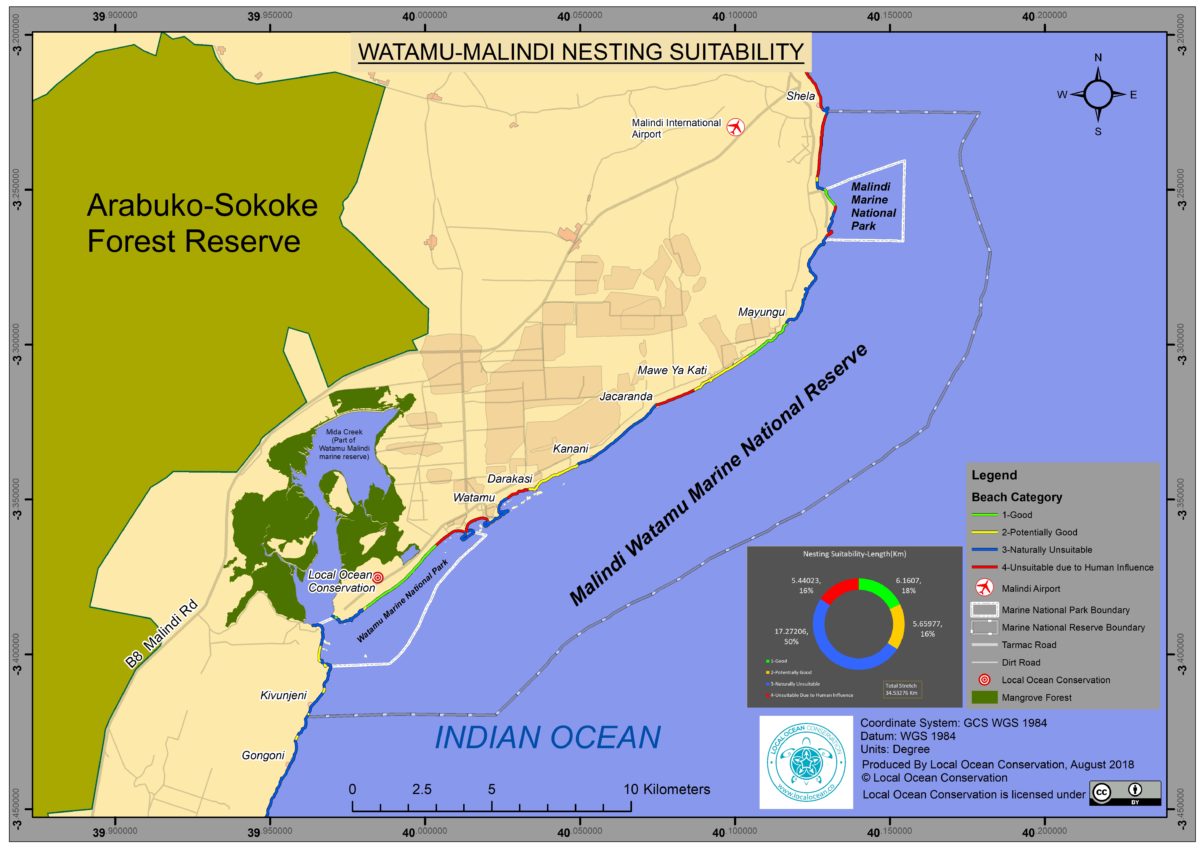
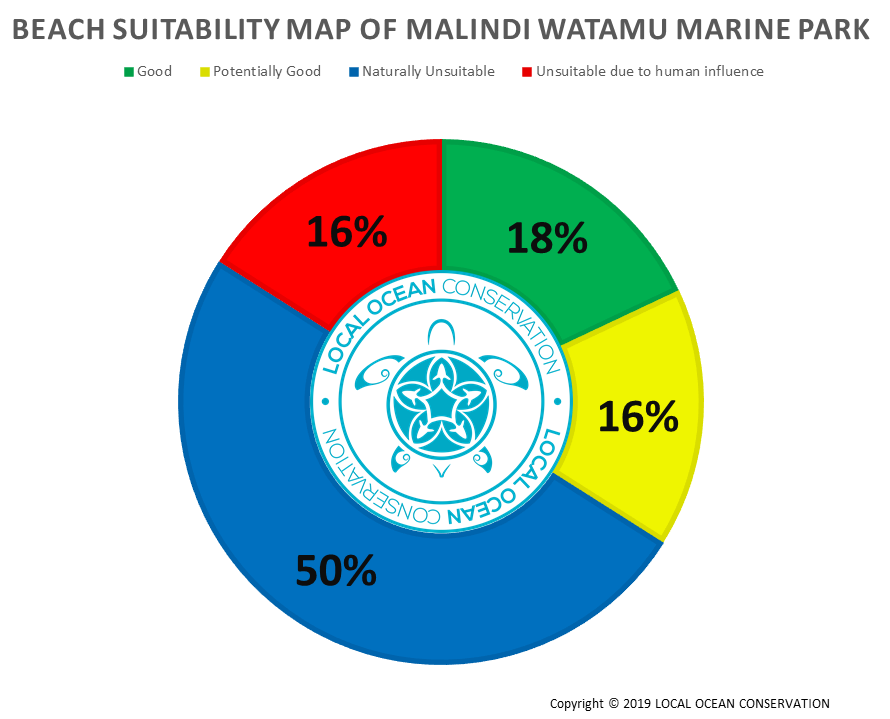
Interestingly, this data also shows us that a significant portion (55%) of the mapped coastline is naturally unsuitable (blue) for nesting. So even without interference, the turtles cannot make use of those beaches for nesting. Which reiterates the importance of protecting the sections we do have.

Examples of human induced threats

Together, we can protect more than we destroy.
Our hope is that by raising awareness to the challenges (and opportunities) faced by the nesting turtles, other creatures and people who are dependent on this beautiful coastline.
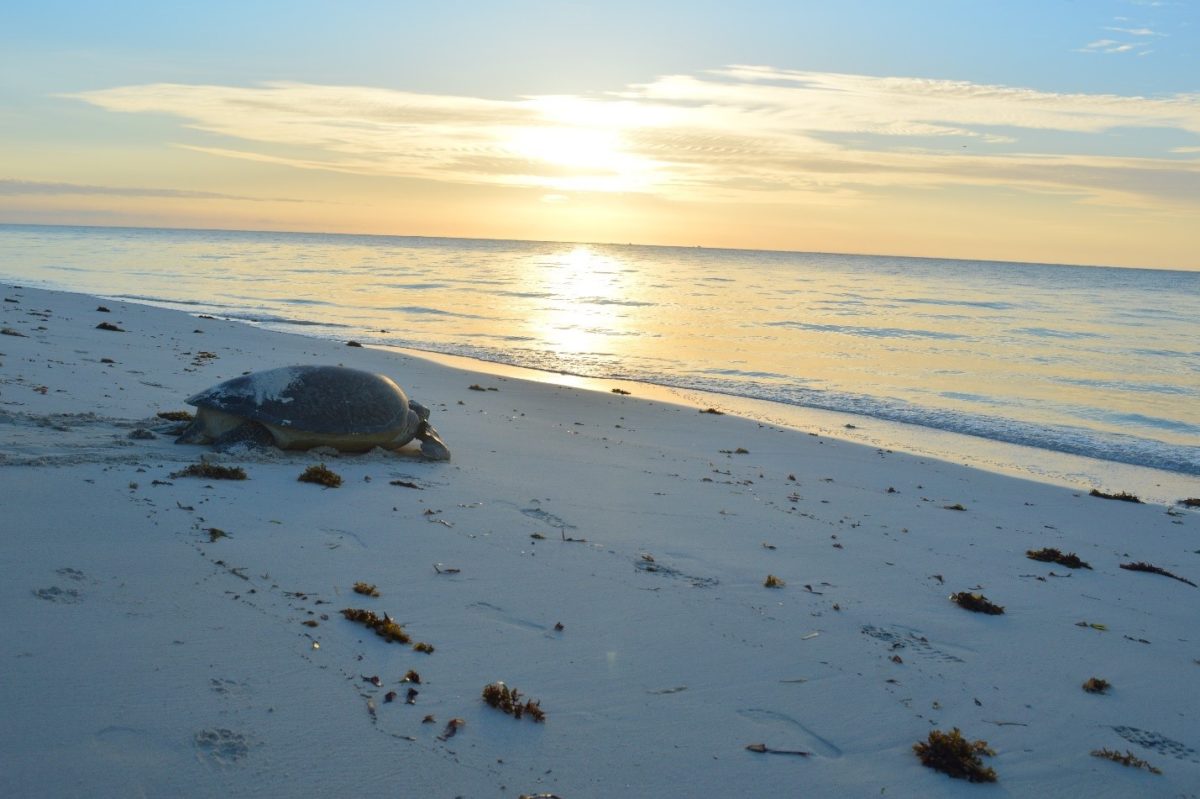
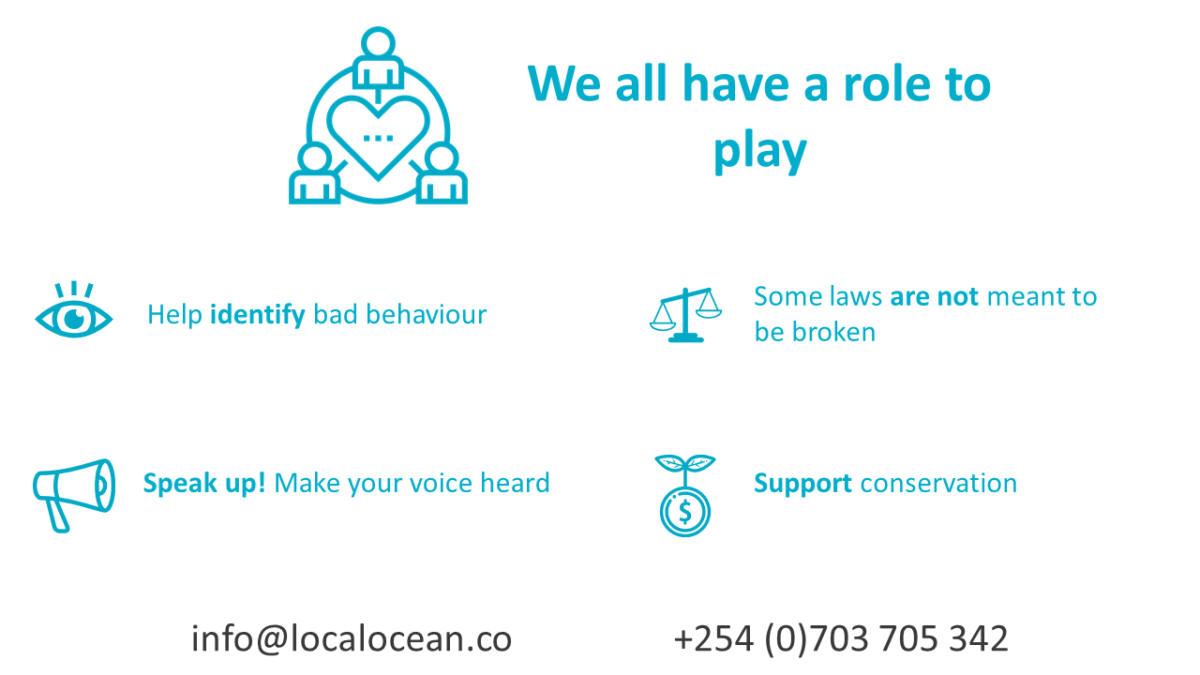
You can help protect nesting beaches by keeping an eye out for and reporting activities that pose a threat to our beaches.
The turtles have their journey, we have ours. And we’d like you to be a part of it – because we all share the same ocean.
Make a difference with us as we protect our ocean for future generations.

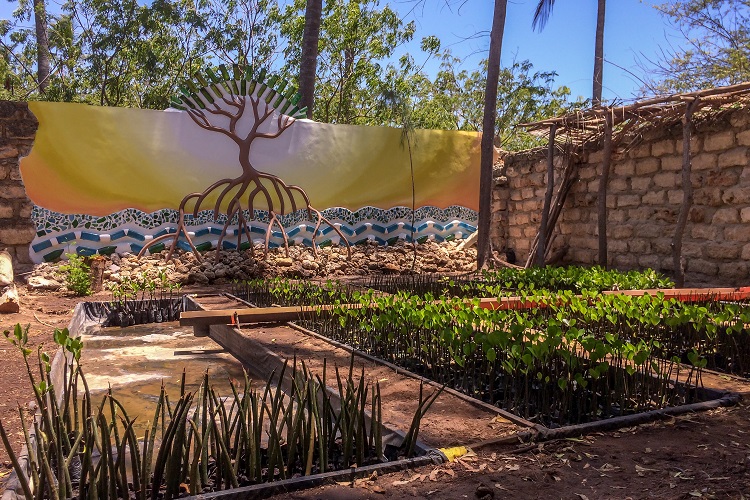

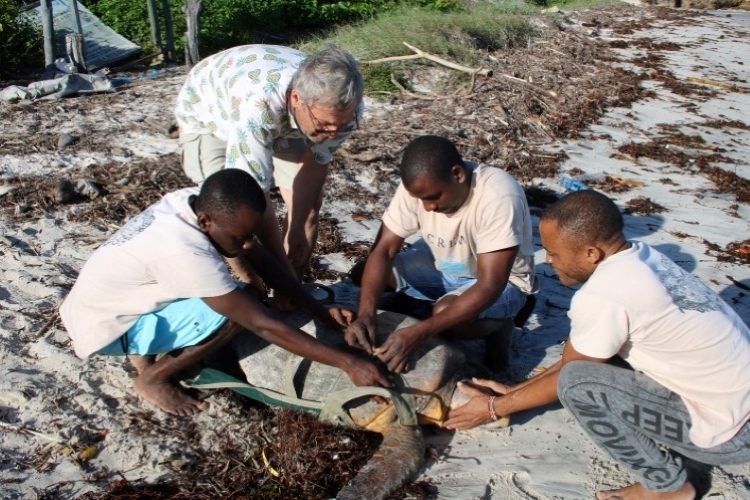

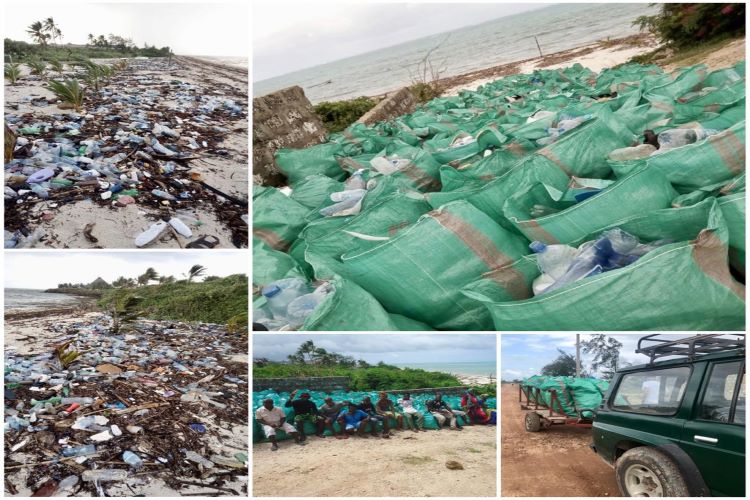
Leave A Comment